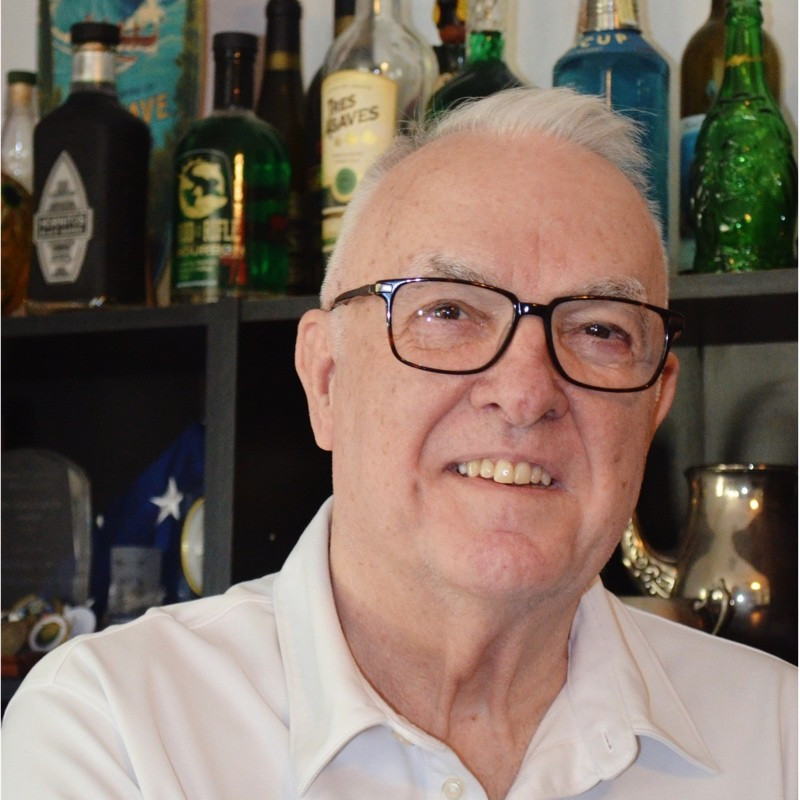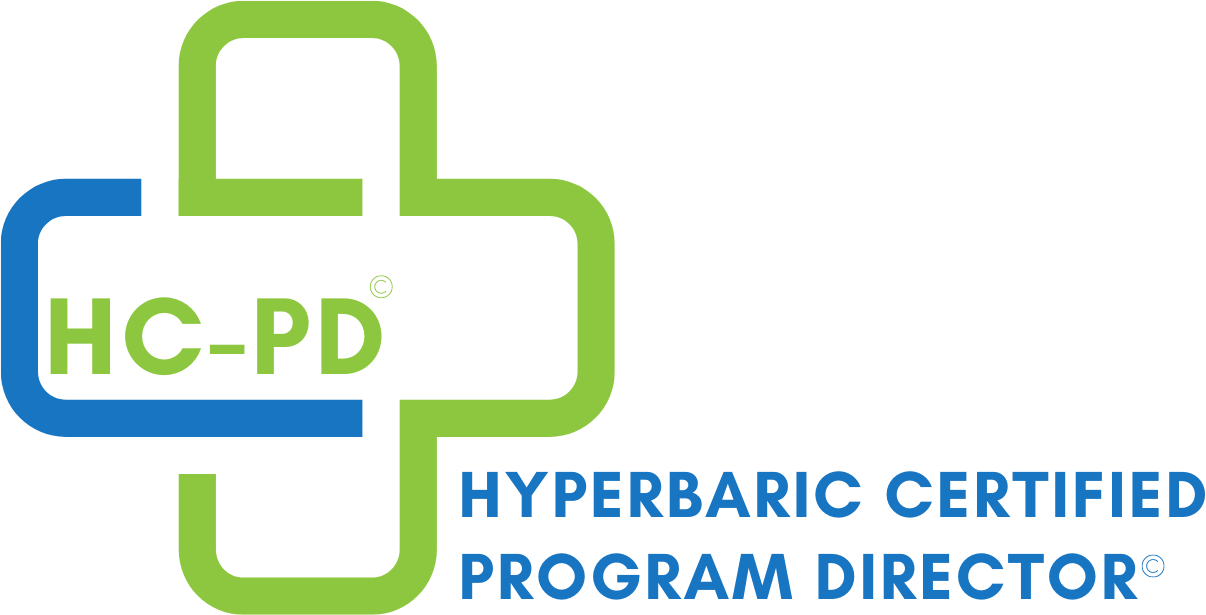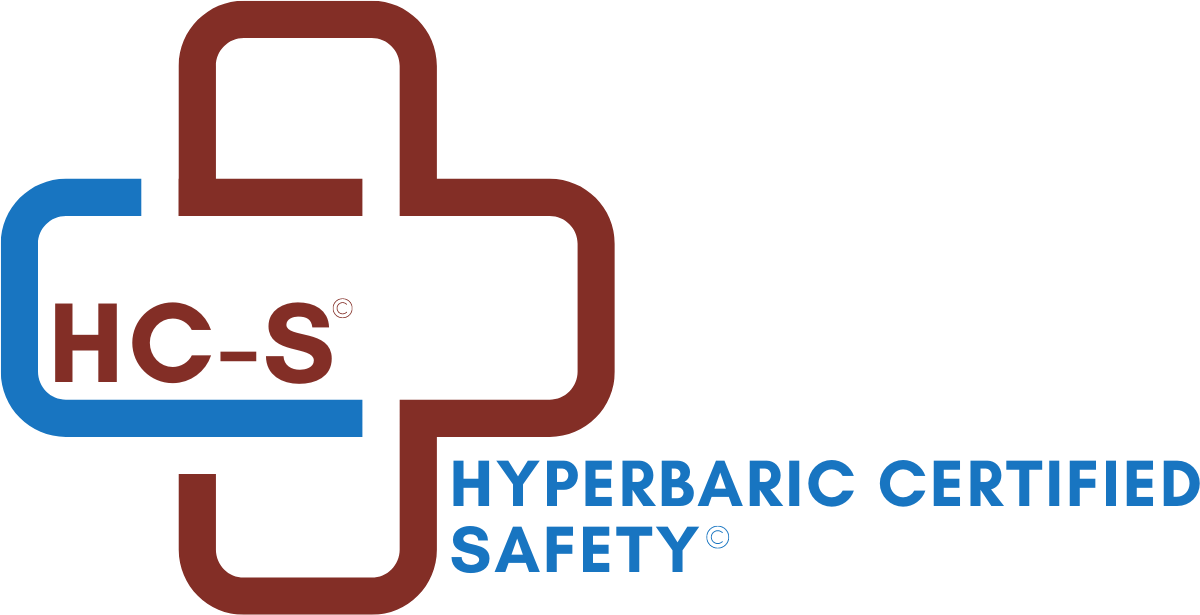Rx Pad
New: Nursing on the World Stage
The following article is an exerpt from the upcoming 2025 Nursing Textbook soon to be published by
Best Publishing Company. For more information on the release go to BestPub.com
Nursing on the World Stage
by R.B. Gustavson, MPH, RN, CHRNC-A, CHT-A, CRT, UHMSADS
Introduction
Nurses play an essential role in the provision of healthcare in countries throughout the world. In a world that is smaller than ever, it is relatively common for nurses to cross country lines to use their skills to support patient care.
One source indicates that there are currently 6 million nursing vacancies worldwide. (Bialous, SA, et al, 2020). By 2030, the World Economic Forum estimates that the world will need an additional 10.6 million nurses to fill vacancies across the globe. (International Council of Nurses, 2021). In the US, there are an estimated 194,500 vacancies per year. (Bureau of Labor Statistics, 2025) These estimates may change over time, but the lesson is that there are millions of opportunities for nurses to travel and share their skills internationally.
From a hyperbaric-specific standpoint, the Undersea and Hyperbaric Medical Society Accreditation Program has three facilities outside the US accredited in Ireland, the UK, and Singapore, and programs in two Middle Eastern countries pending surveys. (UHMS.org) The National Board of Diving and Hyperbaric Medical Technology lists nine nurses residing outside the US who are certified by the Baromedical Nurses Association. (NBDHMT. 4/15/2025)
What countries currently provide nurses to the US?
Many countries offer nurses to the US. The first four are identified as "major sources"!
- Philippines - for decades, this country has been the leading supplier of nurses to the US healthcare community. Filipino nurses make up a significant portion of the nurses working in the US who are trained outside the United States. Since the late 19th century, the US has relied on Filipino healthcare workers to fill in the staffing gaps in the health care system. One source says over 150,000 Filipino nurses have migrated to the US and as of 2019 one out of 20 registered nurses in the US were trained in the Philippines. “The history of how migrant Filipino health care workers came to play such an integral role in the U.S. medical system is a complicated story. During this Asian American and Pacific Islander Heritage Month, many historians joined Jurado in speaking with TIME about how their crucial involvement shaped America’s health care system through the 20th century to the present.” (Cachero, 2025).
- India - comes in a close second as a significant source of nurses for the healthcare system in the US.
- Canada - Canada is also a major contributor of nurses in the US healthcare system.
- Jamaica, Nigeria, and Haiti - these Caribbean and African countries also contribute A notable number of nurses to the health care system in the United States.
Other countries providing nurses to the US healthcare system include South Korea, Ireland, Mexico, the United Kingdom, Australia, New Zealand, Germany, Norway, and several other African countries. One of the significant advantages of some of these countries is their proficiency in the English language.
What are the challenges of traveling across country lines to practice nursing?
A critical process for healthcare professionals, including nurses, who work in countries other than their own is to make appropriate adaptations to the new environment. Cultural adaptation Is the process of individuals adjusting to a new cultural environment. For nurses, this involves learning about the local customs and practices and understanding the healthcare system, patient expectations, and professional norms in the host country. (Hofstede, 2001).
- Language Barriers - effective communication is critical in health care. Language barriers can lead to misunderstanding, decreased patient safety, and compromised care quality. (Bennett, 2013).
- Cultural differences - nurses may face different patient interactions and family involvement, requiring a different patient approach. Understanding cultural differences is essential for providing culturally sensitive care. ( (Kleinman, 1980)
- Professional norms - different countries may have different scopes of practice and regulatory environments, which require additional verification of competency that complies.
Techniques for adapting to these challenges.
- Provide cultural competence training to new nurses from outside the country.
- Provide a mentor who understands the local healthcare practices to support international travel nurses.
- Encourage international travel nurses to participate in community activities so that they better understand cultural nuances.
- Travel nurses should be encouraged to assess their experiences and identify areas for growth. Sometimes, keeping a journal can assist in this self-evaluation
More on this subject will be found in the 2025 Nursing Textbook, chaper 20.
ABOUT THE AUTHOR:
R.B. "Gus" Gustavson MPH, RN, CHRNC, CHPD, CHT, CRT, UHMSADS
Gus is faculty on Wound Care Education Partners, and the Hyperbaric Certification Commission. He has over forty-eight years experience in clinical, supervisory, teaching, staff and middle management positions in acute care hospitals. This experience includes forty years as a Respiratory Therapist, twenty years as EMT-I, twenty-three years as a Naval Reserve Hospital Corpsman, twenty-three years in Hyperbaric Medicine, eighteen years' experience in wound and burn care, and nineteen years as a Registered Nurse. Learn more about Gus here: MEDICAL MENTORING.
LIVESTREAM LEARNING
Join Gus as he continues to teach on the following continuing livestream education platforms.
- UHMS Chapter Town Hall (August 9, 2025) "Normalization of Deviance in a Safety Culture" UHMS.org.
- Introduction to the Role of Hyperbaric Safety Director (September 6-7, 2025) WoundEducationPartners.com.
- Hyperbaric Certified Safety - Skills Lab (October 11, 2025) GetHCC.com
ADDITIONAL EDUCATIONAL OPPORTUNITIES
Connect here for Wound Care Education Partners upcoming courses in Hyperbaric Medicine, Hyperbaric Safety, and Wound Care. Upcoming Courses.
When you subscribe to the blog, we will send you an e-mail when there are new updates on the site so you wouldn't miss them.



Comments